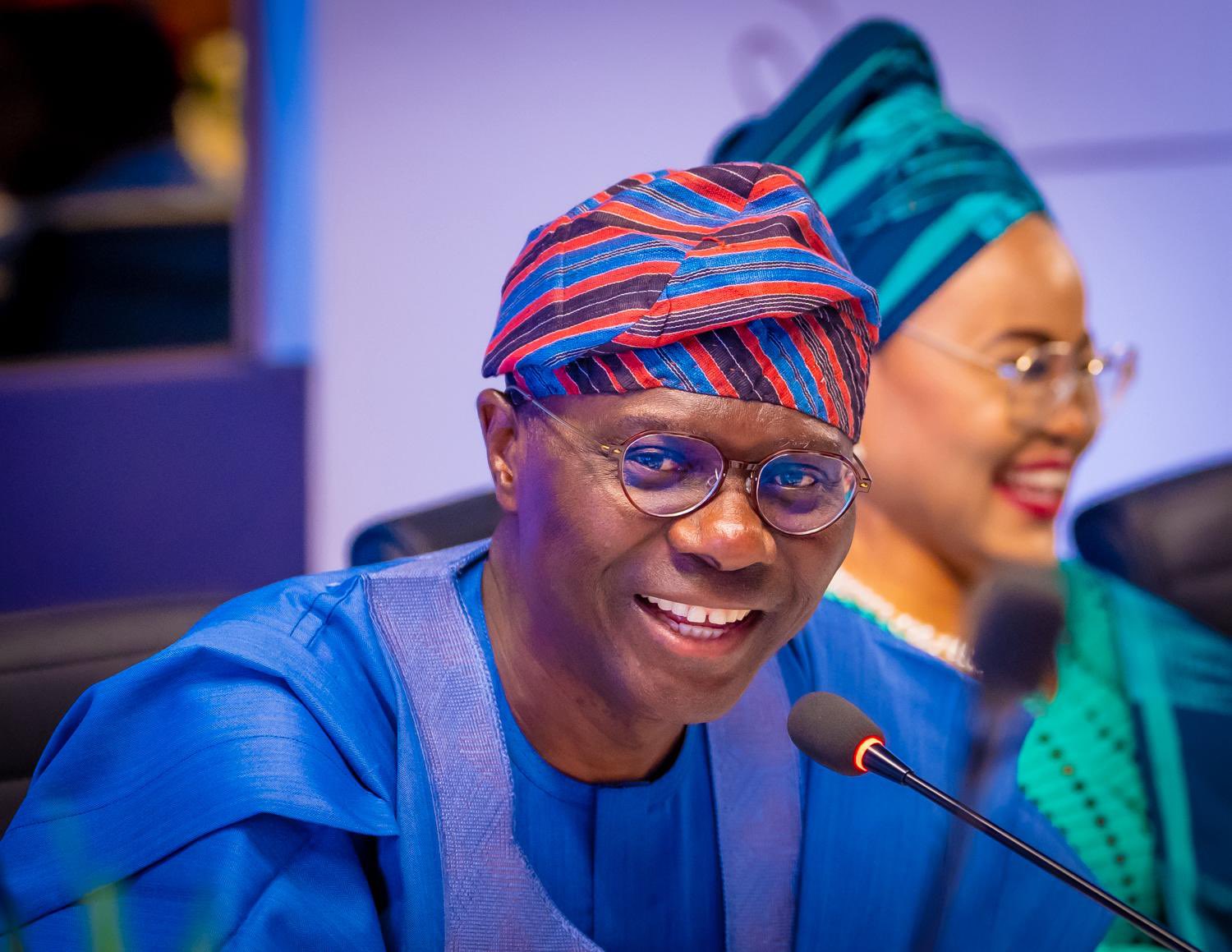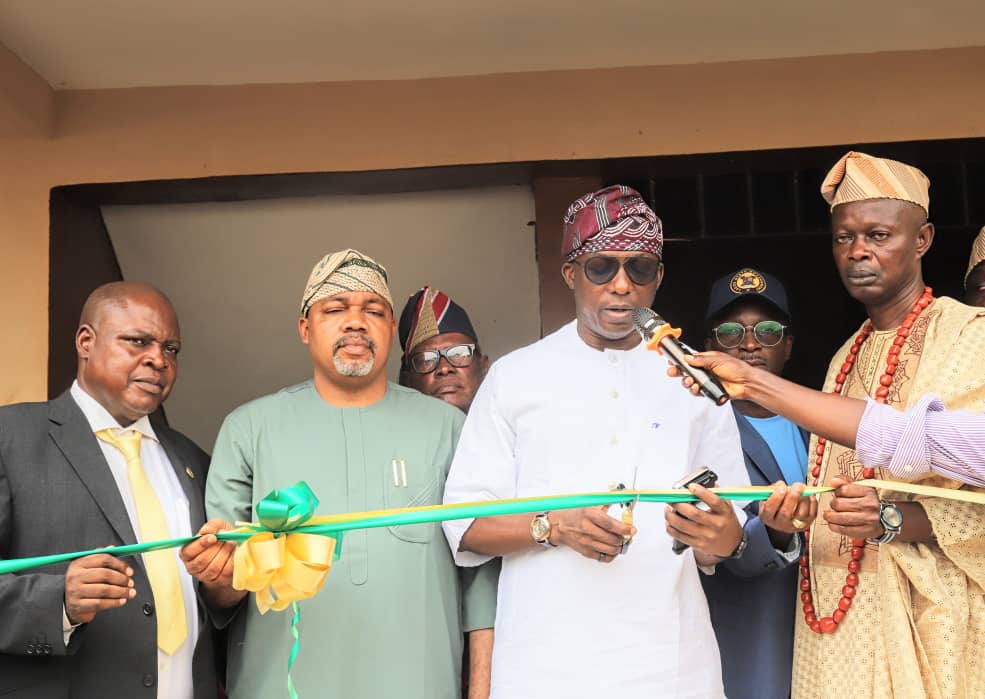Lagos is the largest city in Nigeria, and its former capital; it is the largest city in Africa in terms of population, with about 15.3 million people.
According to Wikipedia, It is also the 4th largest economy in Africa. Founded in the 16th century by the Awori people as Eko, it was for centuries, a small but important commercial kingdom on the bight of Benin. In 1851, the British intervened in an internal political dispute, establishing their influence. It formally became a protectorate in 1861.
Join The Lagos Voice on WhatsApp
Follow us for the Latest News, Entertainment, Politics, Sports, Youths and Grassroots updates, delivered fast and verified on WhatsApp!
🔗 Join Our ChannelThe core of modern-day Lagos, Lagos Island was originally known as ‘Oko’ to the native Awori, a sub-group of the Yoruba people, and later as ‘Eko’ when it was under the administration of the Benin Kingdom. This name came from Ikurame, meaning ‘war camp’ in the Edo language. The Portuguese would refer to it as “Onim” and later “Lagos”. To differentiate the modern settlement from the older kingdom in the area, the name “Onim” has been applied to the latter by some historians such as Toby Green.
Lagos means “lakes” in Portuguese. Portuguese explorer Rui de Sequeira visited the area in 1472, naming the area around the city Lago de Curamo, which means Lake of Curamo. It’s also probable that the city was named after the homonymous coastal town of Lagos, Portugal, in the Algarve region, where sailors and settlers would have departed.
Wikipedia earlier reported that Lagos was originally inhabited by the Awori subgroup of the Yoruba people. Awori legend has it that their ruler Olofin was given a mud plate by Oduduwa, with the instructions to place it in the river and settler wherever it sank to the bottom. After drifting down the river, it eventually sank in Lagos lagoon. Olofin divided the island among his ten sons. One of them, Aromire, planted pepper on the nearby island of Lagos. The palace of the Oba (king) of the Yoruba, Iga Idunganran, which was later built on this site, is therefore literally translated as “pepper farm palace.”
In accordance to One Lagos fiesta, Lagos (Yoruba: Èkó) is a city in the Nigerian state of Lagos. The city, with its adjoining conurbation, is the largest in Nigeria, as well as on the African continent. It is one of the fastest growing cities in the world and also one of the most populous urban agglomerations in the world. Lagos is a major financial centre in Africa; the mega city has the highest GDP, and also houses one of the largest and busiest ports on the continent.
Lagos initially emerged as a port city which originated on a collection of islands, which are contained in the present day Local Government Areas (LGAs) of Lagos Island, Eti-Osa, Amuwo-Odofin and Apapa; the islands are separated by creeks, fringing the southwest mouth of Lagos Lagoon, while protected from the Atlantic Ocean by barrier islands and long sand spits such as Bar Beach, which stretch up to 100 km (60 mi) east and west of the mouth.
Lagos which was the capital of Nigeria since its amalgamation in 1914, went on to become the capital of Lagos State, after its creation. However, the state capital was later moved to Ikeja in 1976, while the federal capital also moved to Abuja in 1991. Even though Lagos is still widely referred to as a city, the present day Lagos, also known as “Metropolitan Lagos”, and officially as “Lagos Metropolitan Area” is an urban agglomeration or conurbation, consisting of 16 LGAs, including Ikeja, the state capital of Lagos State. This conurbation makes up 37% of Lagos State’s total land area, but houses about 85% of the state’s total population. The population of Metropolitan Lagos is approximately 20 million as at 2015.
The remainder of modern-day Nigeria was seized in 1887, and when the Colony and Protectorate of Nigeria was established in 1914, Lagos was declared its capital, continuing as such after the country’s independence from Britain in 1960. Along with migrants from all over Nigeria and other West African nations were the returnee ex-slaves known as Creoles, who came from Freetown, Sierra Leone, Brazil and the West Indies to Lagos. The Creoles contributed to Lagos’ modernisation and their knowledge of Portuguese architecture can still be seen from the architecture on Lagos Island. Electric street lighting was introduced in the city in 1898. Lagos experienced rapid growth throughout the 1960s and 1970s as a result of Nigeria’s economic boom.
One Lagos fiesta further reported that before the creation of Lagos State on 27 May 1967, Lagos, which was the country’s capital had been administered directly by the Federal Government as a Federal Territory through the Federal Ministry of Lagos Affairs, while the Lagos City Council (LCC) governed the city. Lagos, along with the towns from the then Western region (Ikeja, Agege, Mushin, Ikorodu, Epe and Badagry), were eventually captured to create Lagos State. Lagos city was split into the present day seven Local Government Areas(LGAs), while the other towns now make up 13 LGAs in the state. Lagos played the dual role of being the State and Federal Capital until 1976, when the state capital was moved to Ikeja. Lagos was adversely affected during Nigeria’s military rule. Also, on 12 December 1991, the seat of the Federal Government was also formally relocated to Abuja. However, Lagos still remains the financial centre of the country, and also grew to become the most populous conurbation in the country.
Also, Qiraat Africa reported on how the people of Lagos, known as Lagosians, are warm and friendly, always willing to welcome visitors into their midst. Lagos is a diverse city, with a mix of indigenous cultures and influences from other ethnic groups across Nigeria and beyond. Respect for elders is highly valued in Lagosian society, and it is customary to greet older individuals with a friendly handshake and a show of respect.
In addition, the city vaunts a blend of Islamic and indigenous architectural styles, reflecting the diverse cultural heritage of the city. The Central Mosque of Lagos is a prominent Islamic architectural landmark. It features a magnificent dome, minarets, and intricate decorative details. Traditional Islamic architectural elements, such as geometric patterns, calligraphy, and arches, can be observed in various mosques and buildings across the city. Some historic neighborhoods, like Isale Eko, showcase traditional Islamic houses with distinctive features such as inner courtyards and carved wooden doors.
Sources: This article is derived from reputable sources, including Wikipedia, One Lagos Fiesta, and Qiraat Africa. As a result, Lagos Voice attributes no credit to this publication itself, but rather to Wikipedia, One Lagos Fiesta, and Qiraat Africa.







